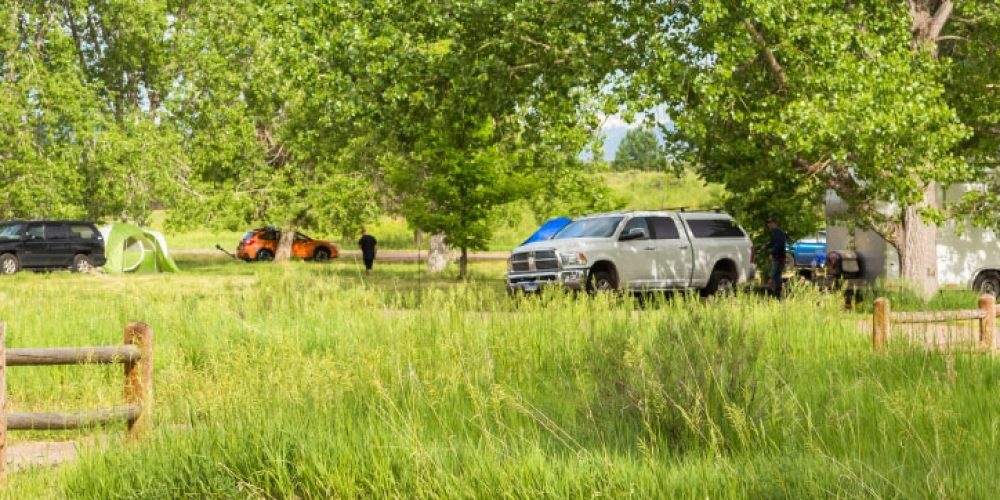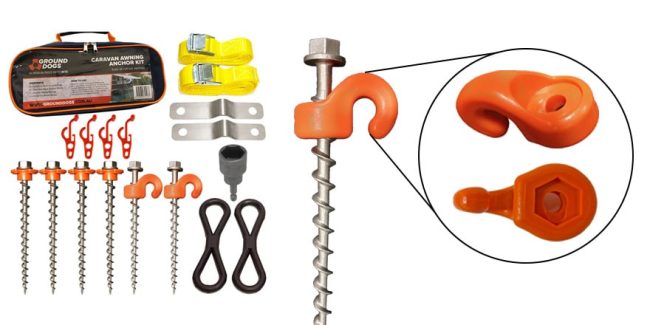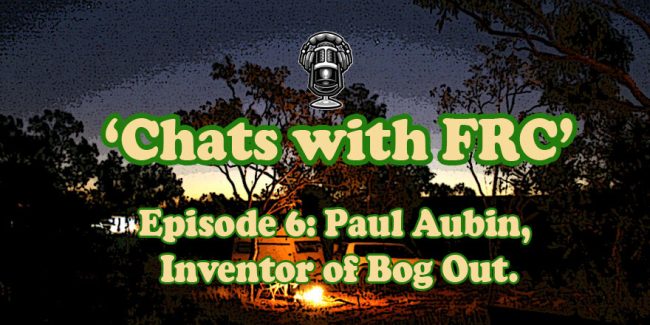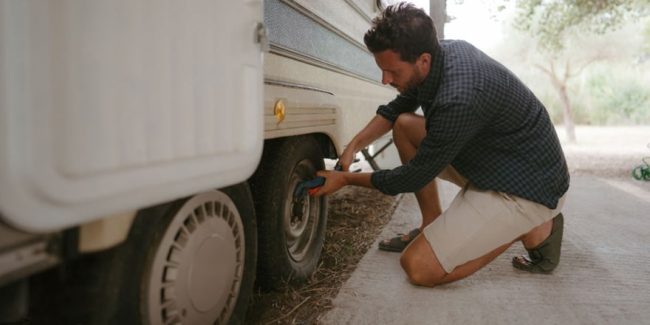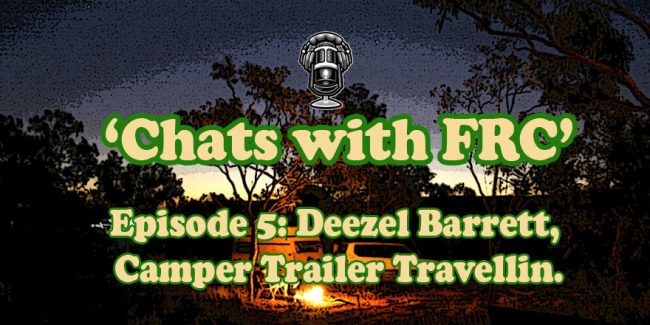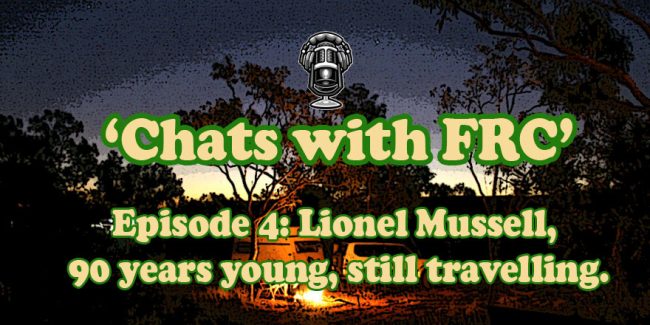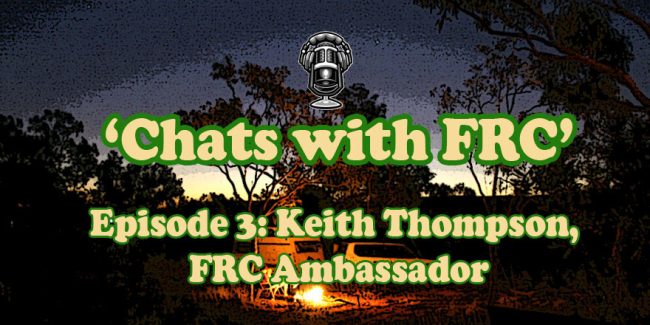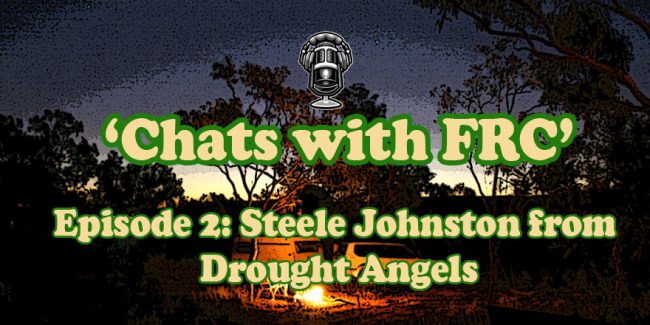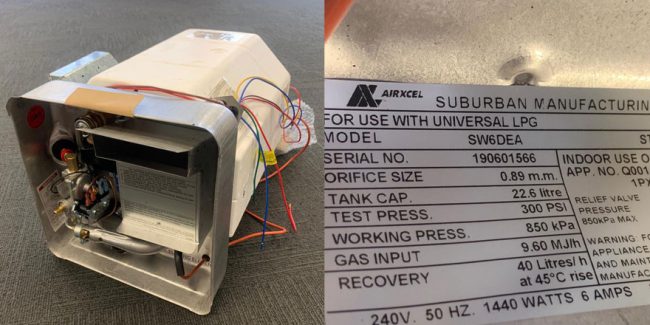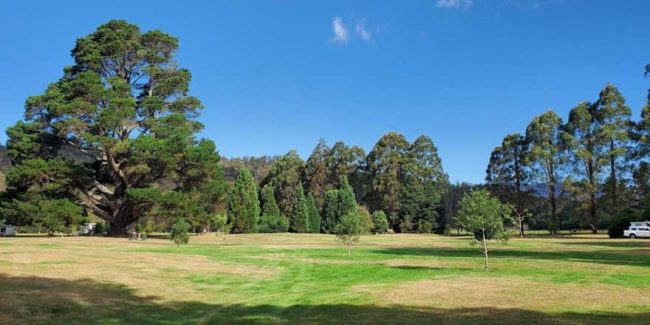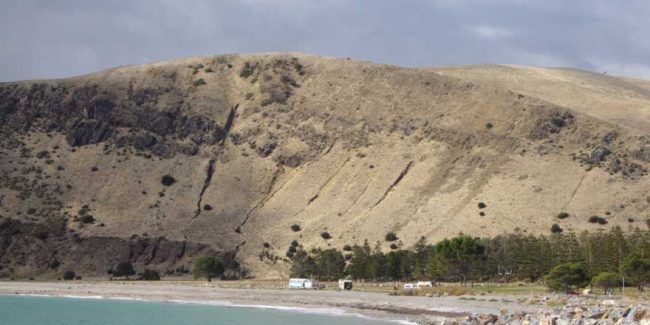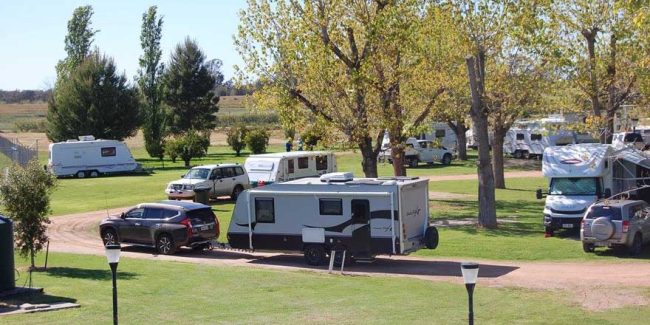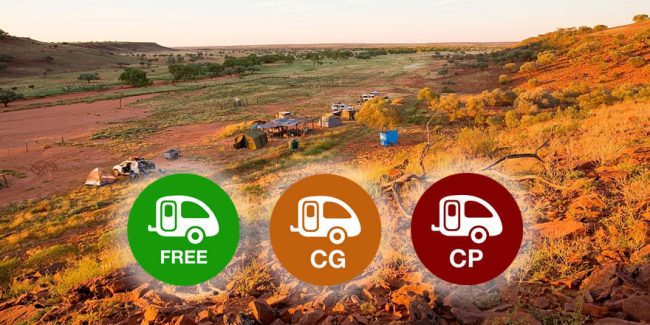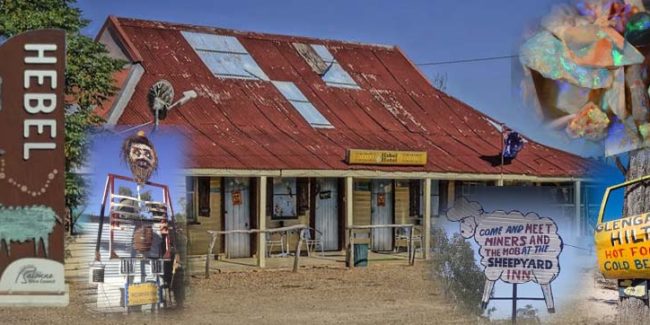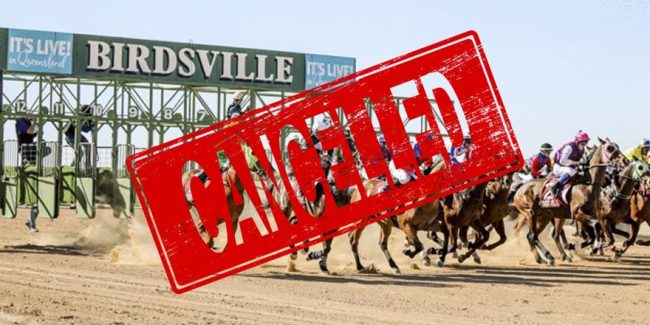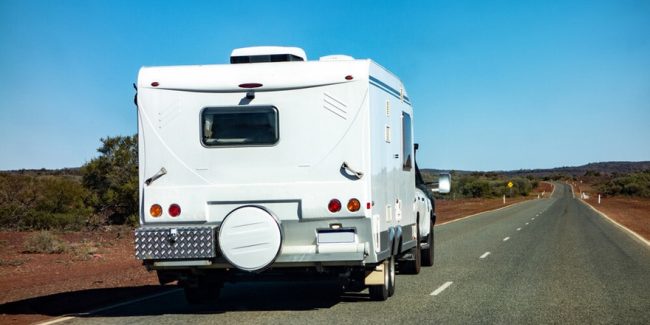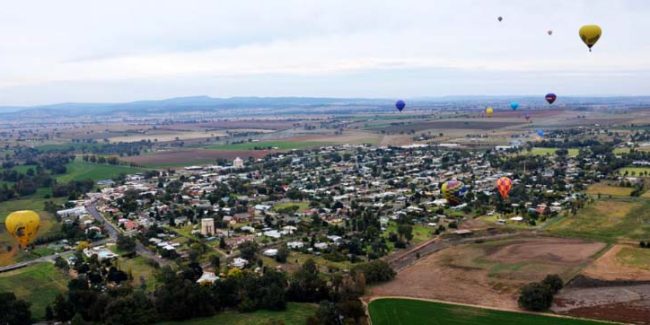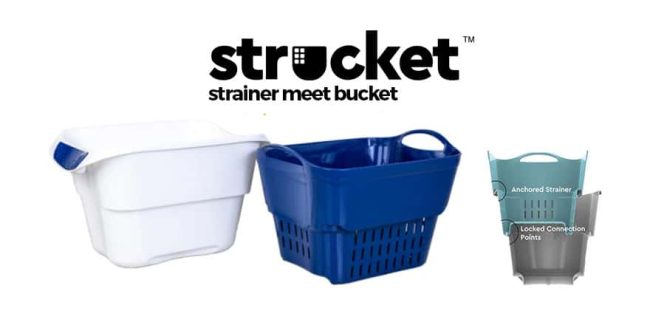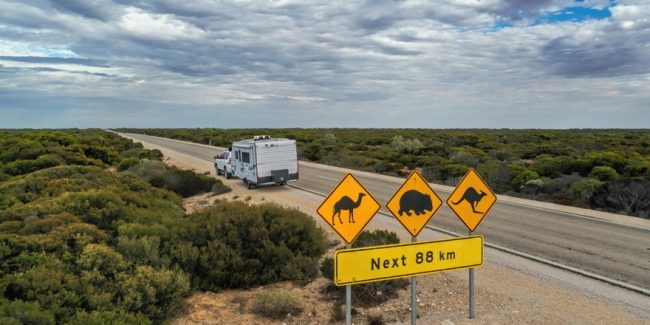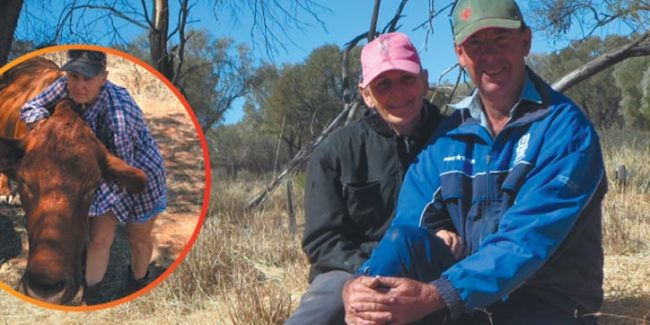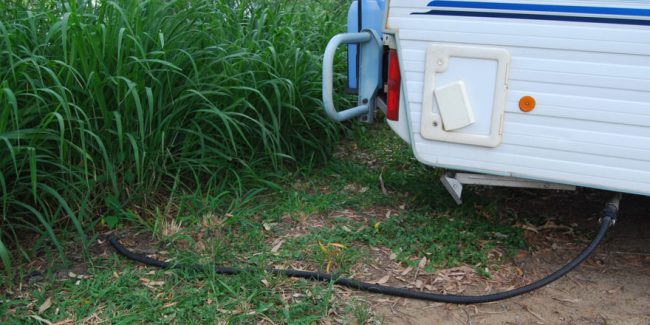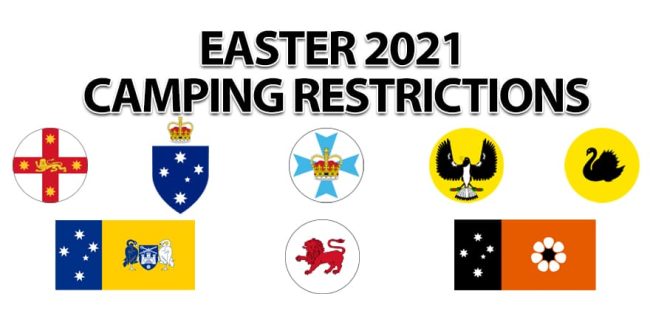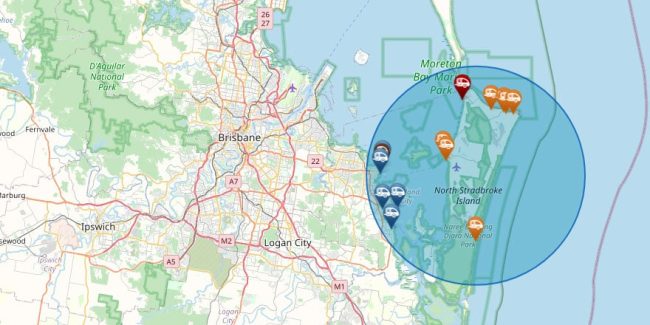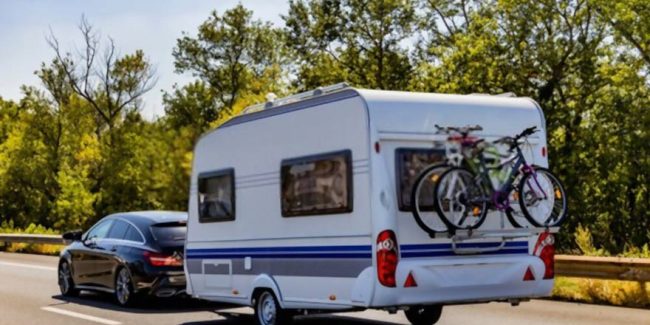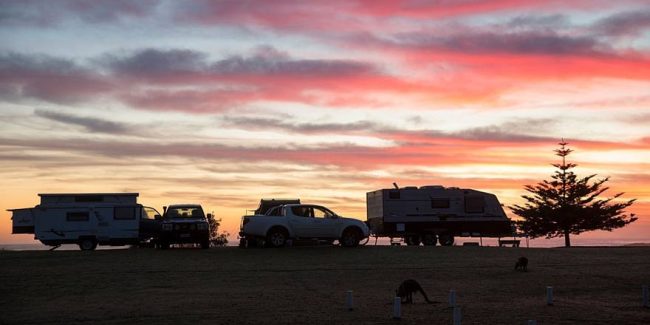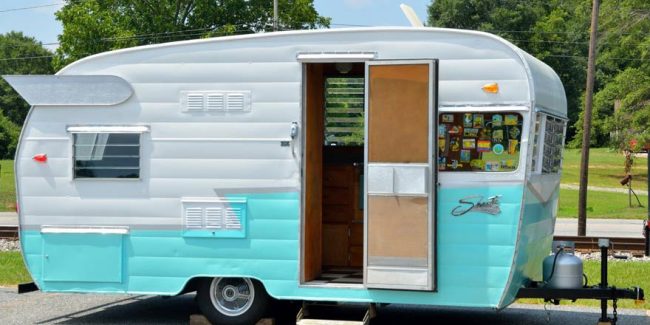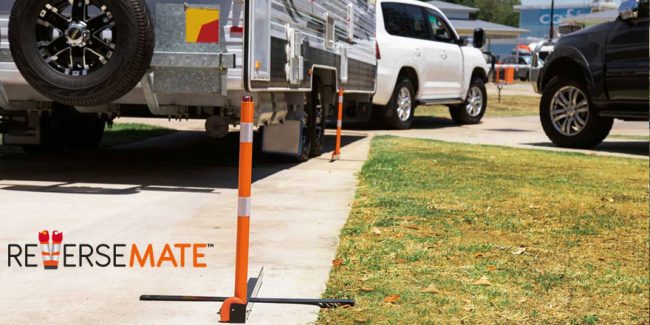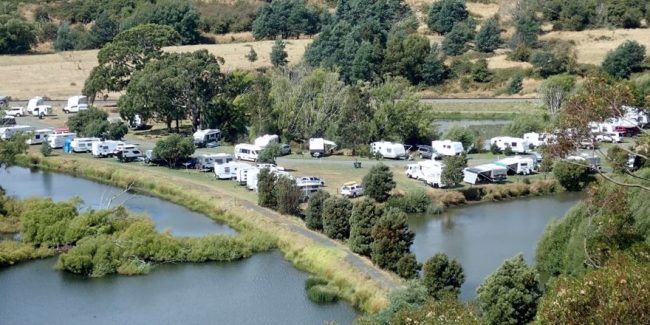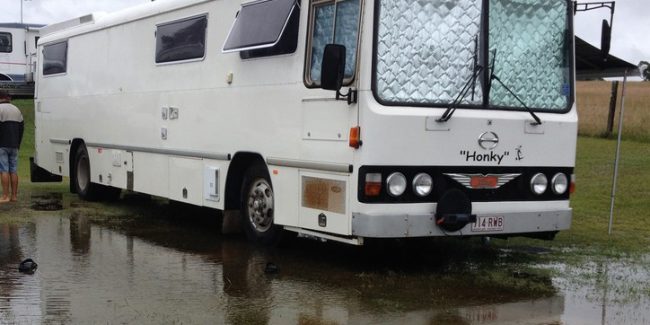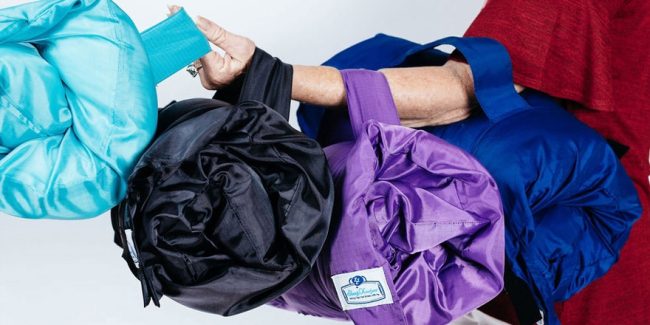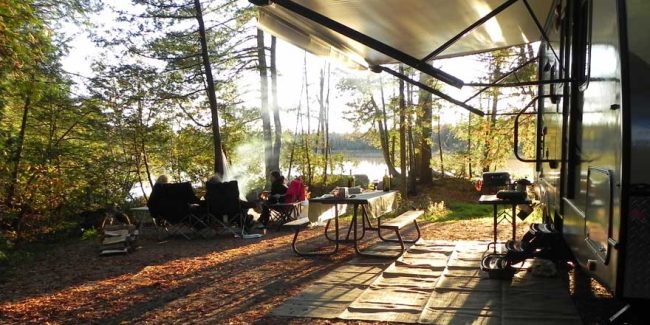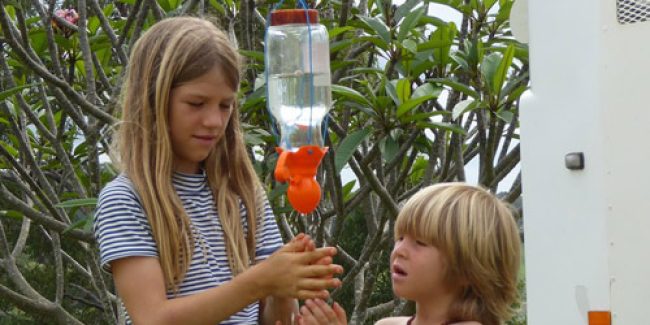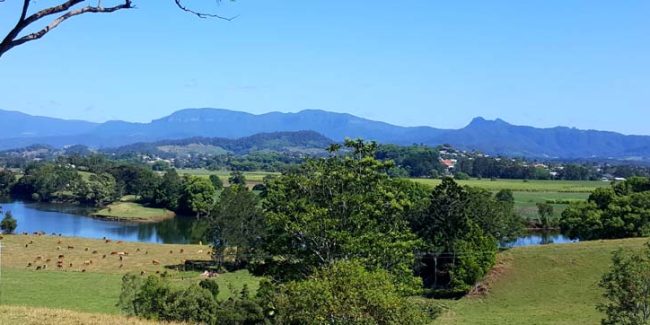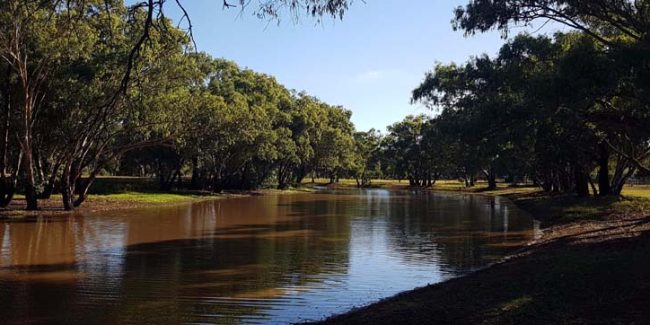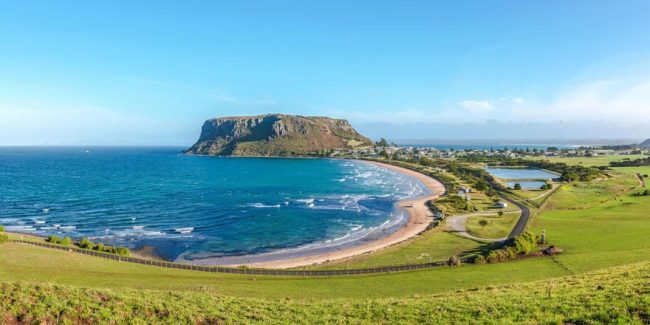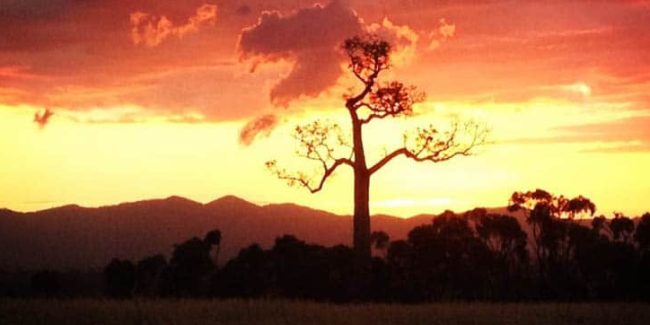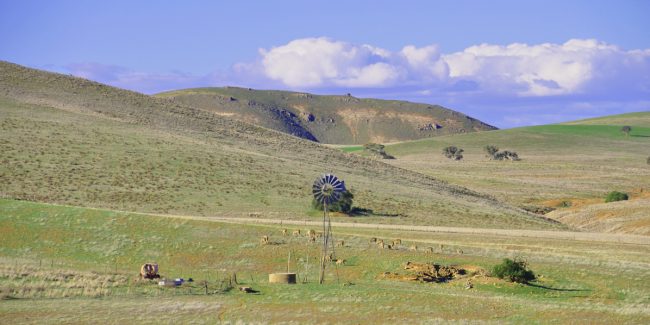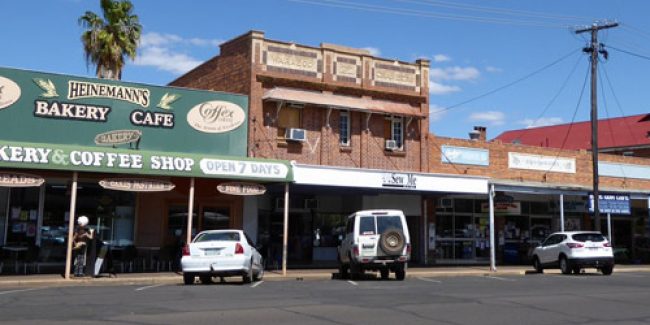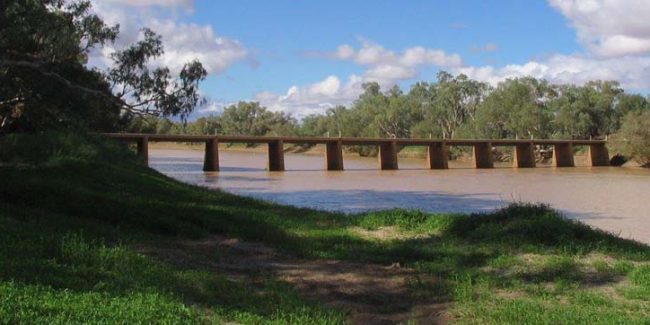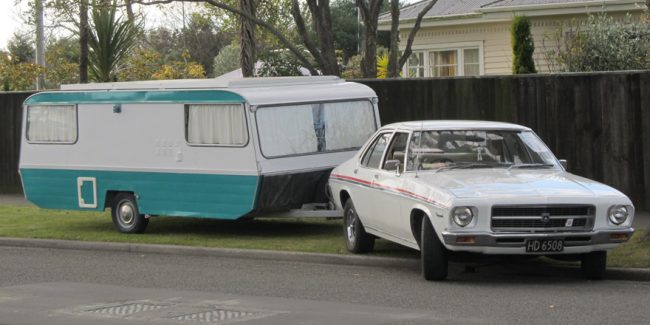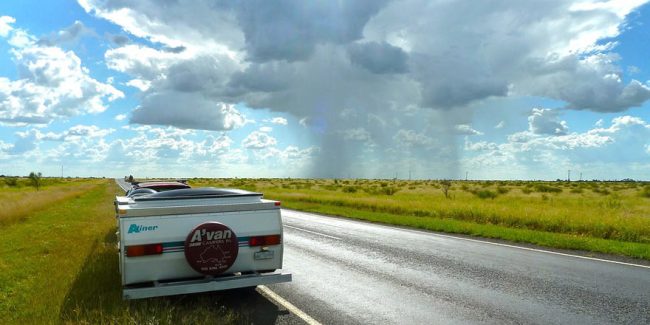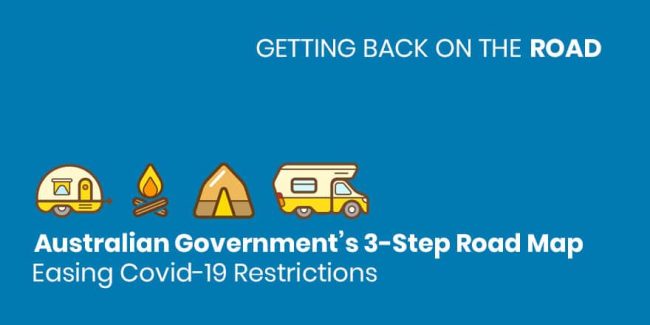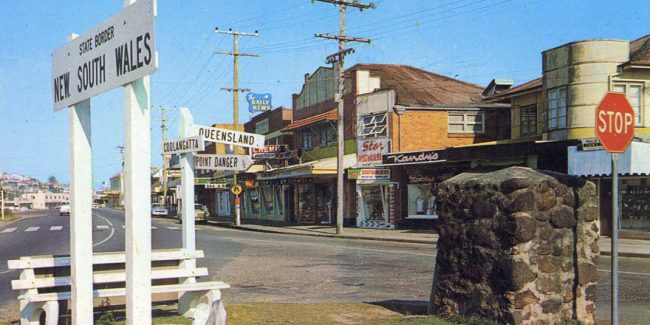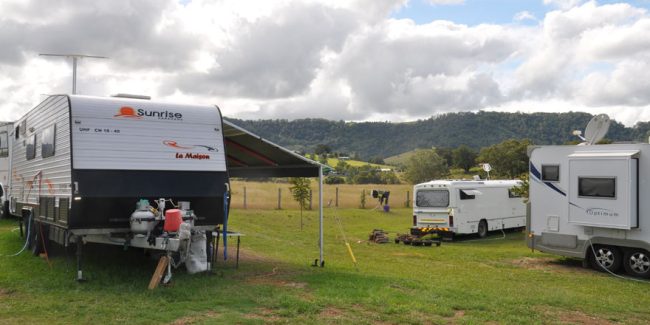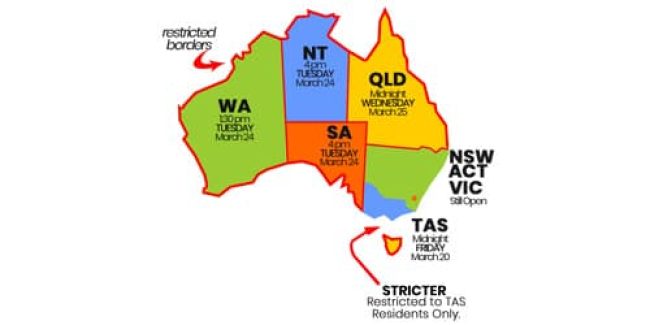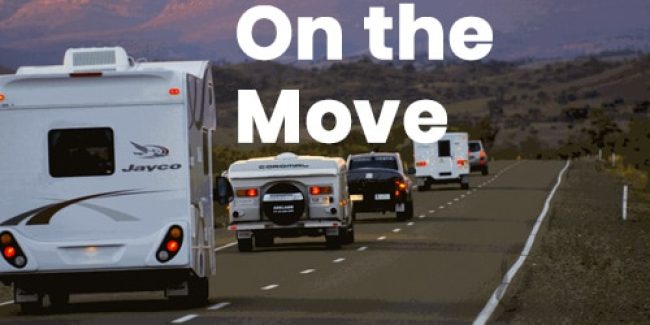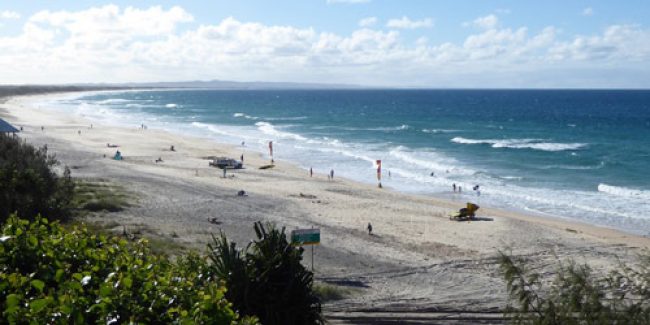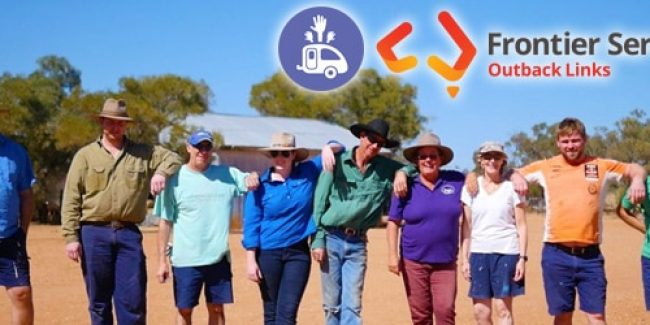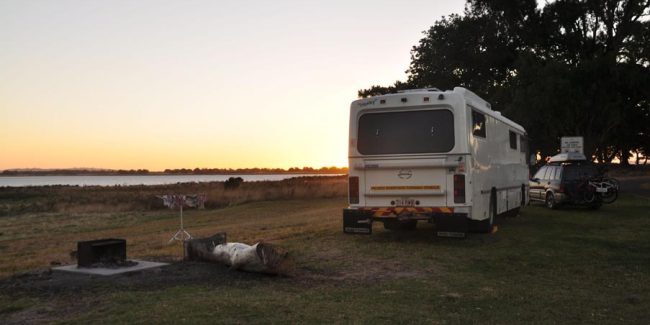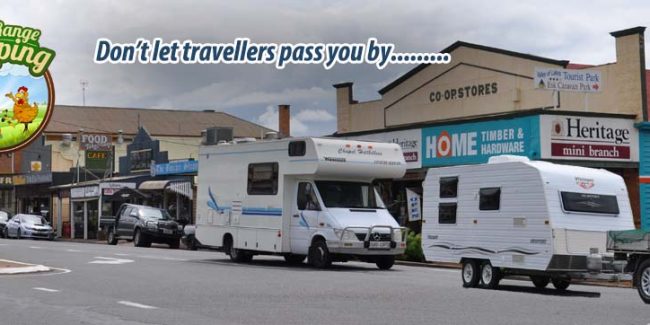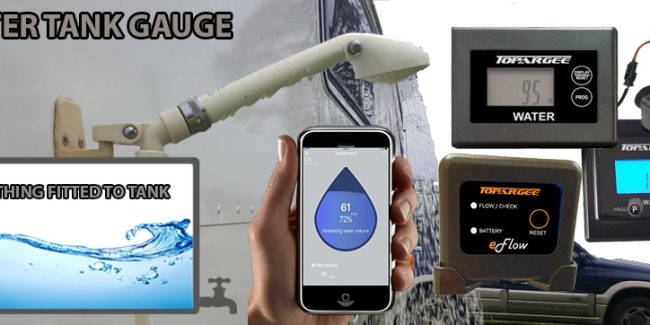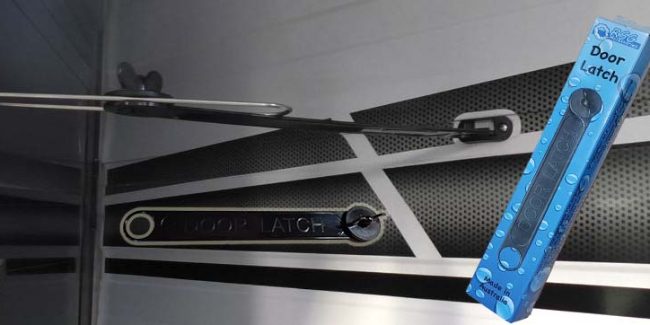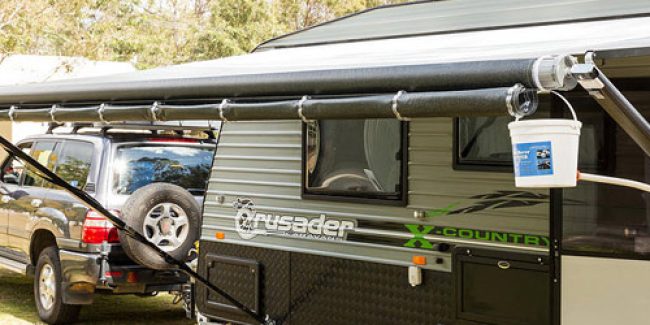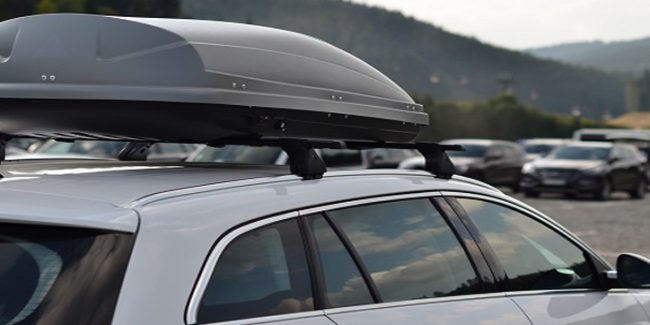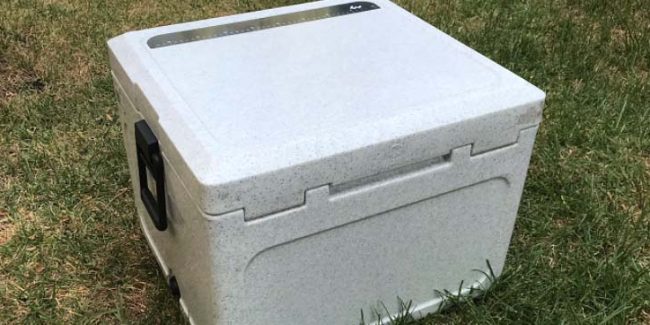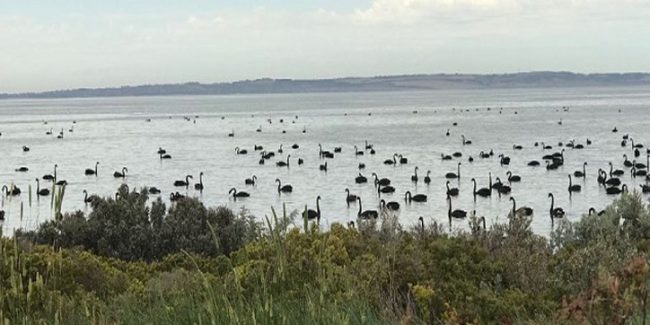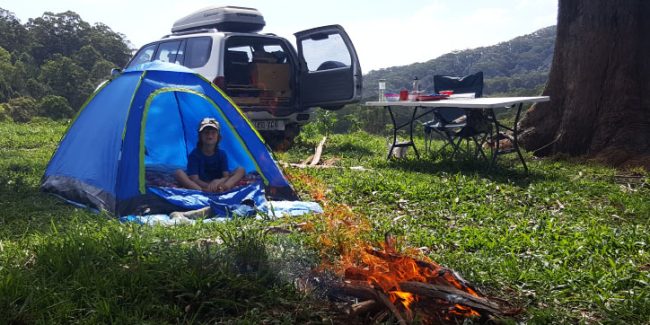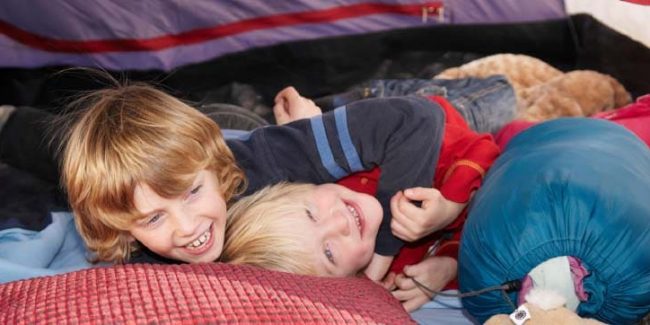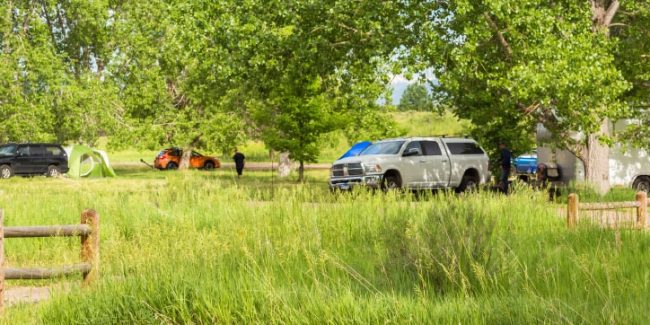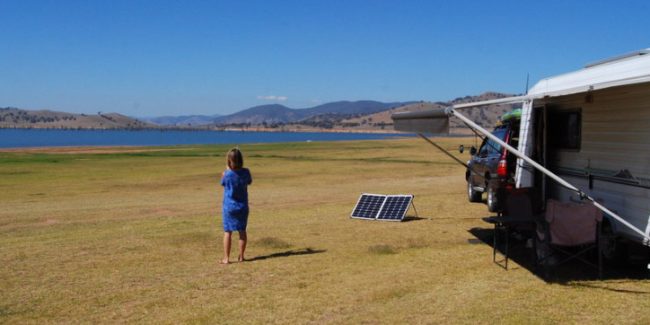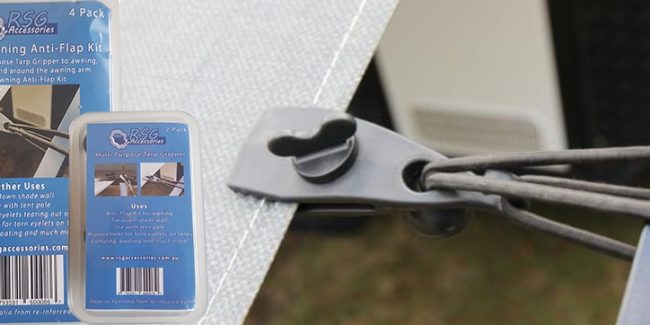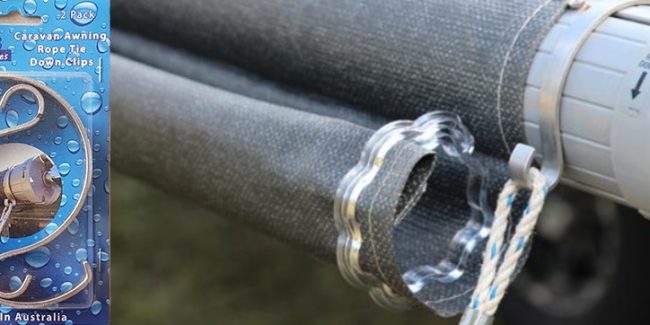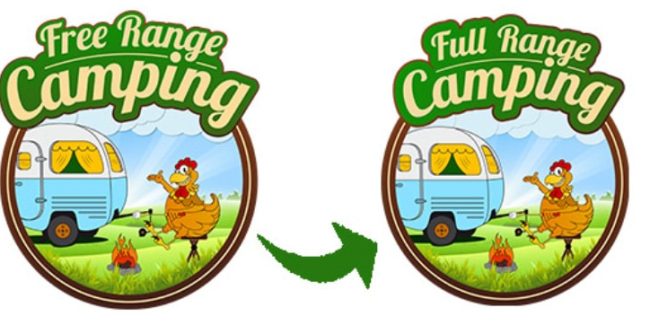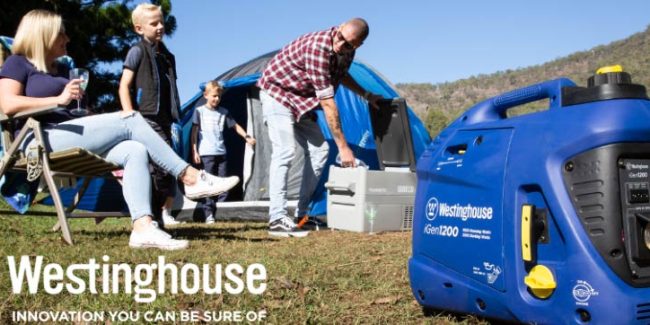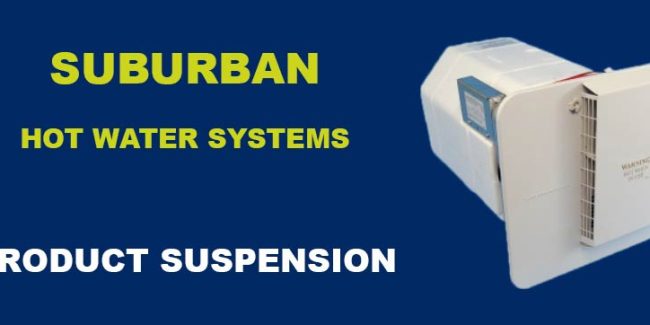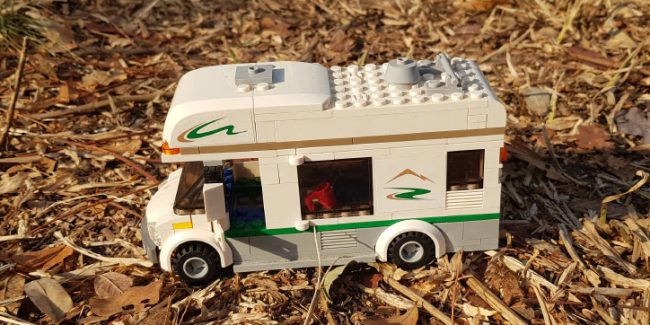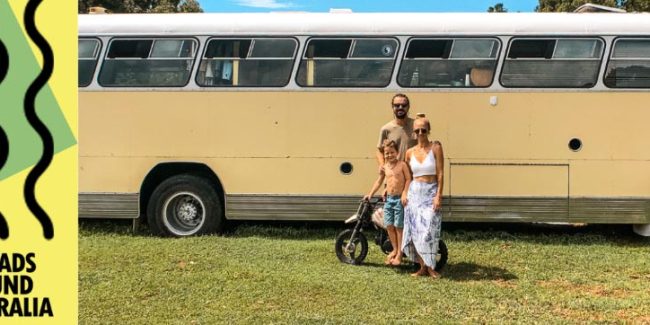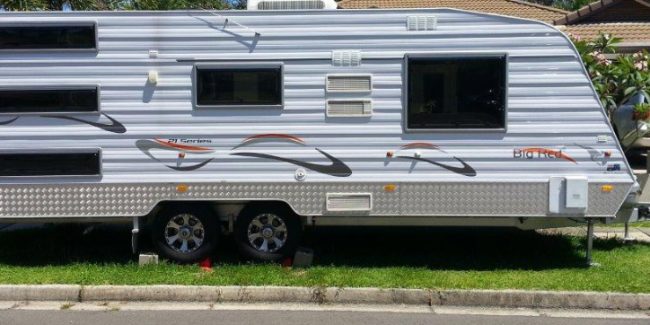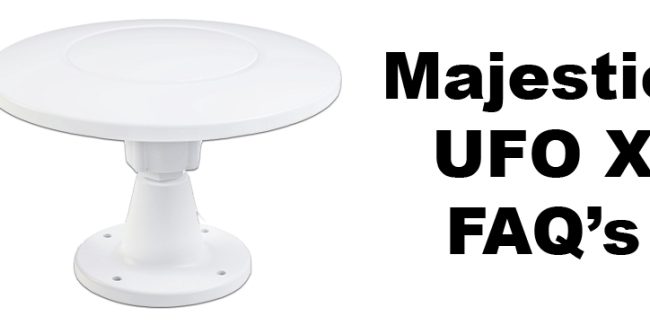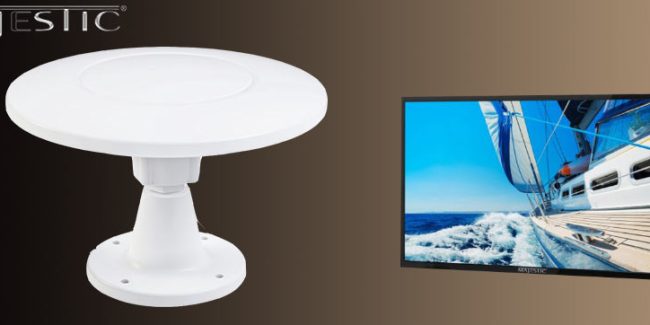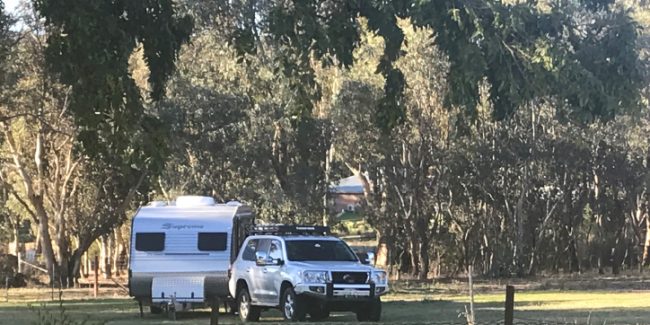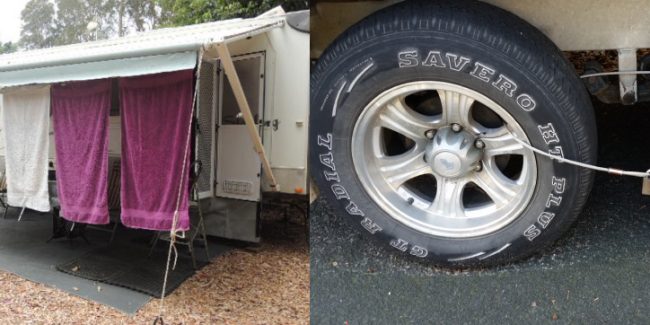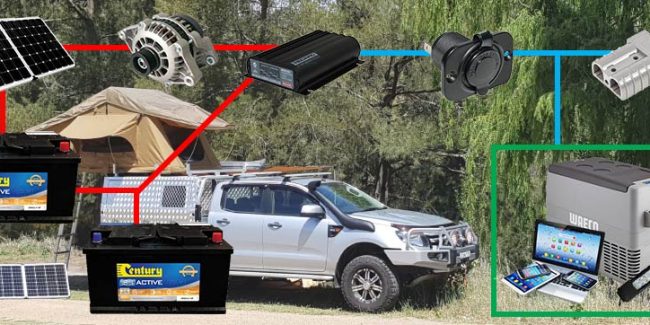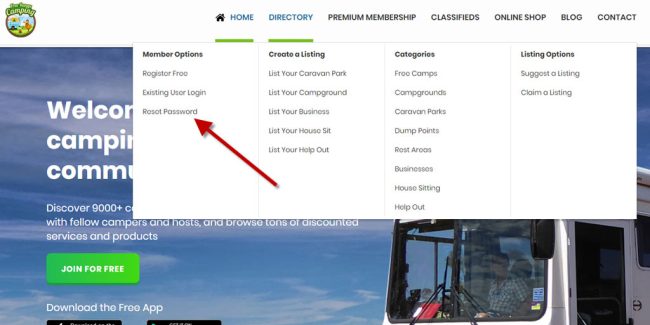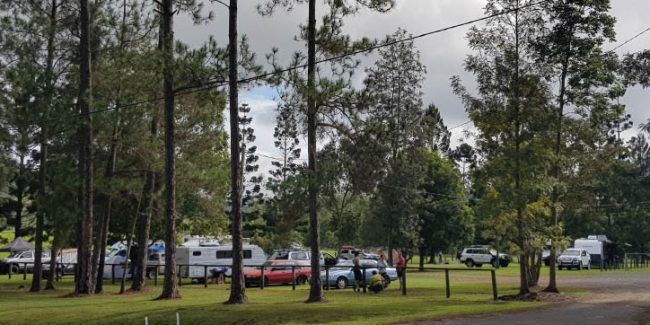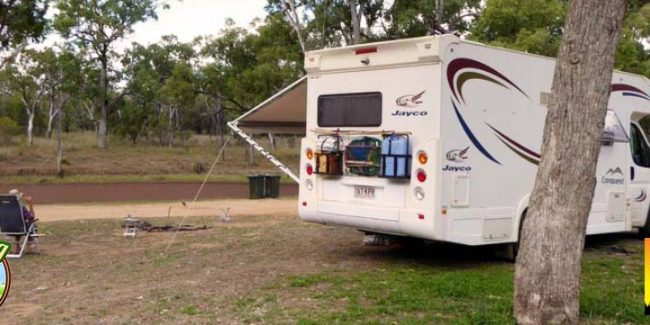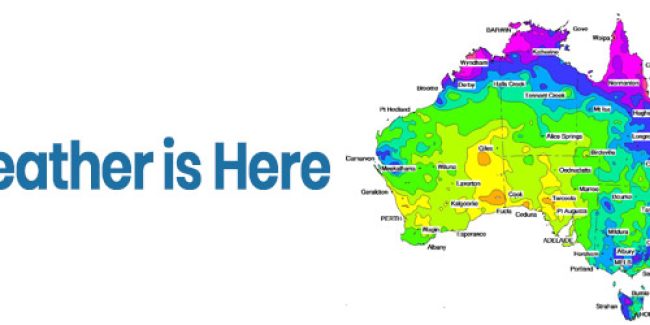In this article from Set to Camp, we take a closer look at some tips for choosing your campsite for your next camping adventure.
So you’ve packed your car, you’ve arrived safely at the campground – hopefully with plenty of daylight left – and now it’s time to locate your site, pitch your tent and set up your campsite. Windy and wet conditions can really “dampen” the mood, so hopefully, it’s a nice still mild day, but if it’s not, we push on.
No matter the conditions or your length of stay, a well-planned approach to setting up your campsite can get you into holiday and relax mode as soon as possible.
Whether you are free camping or have booked a specific site, to the extent that you can, you should consider the following factors before you decide on your site and start pitching your tent:
1: Camp and travel on durable surfaces is the second of the Leave No Trace principles. Use existing campsites where possible. In areas without designated campsites, select a site consisting of durable surfaces. Examples areas rock, sand, dry grass, snow, or compacted dirt. In particular:
– avoid sensitive, fragile, and non-durable ground areas. Those that will not recover quickly such as soft plants, muddy sites, and fragile soil layers
– stay within the boundary of your site
– organise your activities to avoid damage to the surrounding vegetation
If you can’t find a suitable location, drive/walk on until you can. At the end of your stay, leave your campsite as you found it, if not better.
2: Look up and check the surrounding trees for signs of stress. Also, if there are any particularly loose or dead limbs that might fall onto your tent and campsite.
3: Look down and clear the ground of sticks, stones, and other lumpy or sharp objects. These might damage your tent or be uncomfortable under your sleeping area. It’s a good idea to avoid ant nests too! Check also the surface material and consider how easily you will be able to hammer in the tent pegs. Pitch too close to trees and you will hit tree roots. Likewise, avoid rocky ground.
4: Look around:
– Check the location of the facilities to see if they are too close to your site, or too far away. You don’t want to necessarily be sleeping right next to the toilet facilities. But nor do you want to be trekking long distances to them either.
– Access to water is important but camping too close could attract mozzies and other insects/bugs. Camp too far away and you will be lugging it over a long distance.
– If you are free camping and there is plenty of room, leave a comfortable gap between you and your neighbours. Hopefully, they will show you the same courtesy.
– If you are free camping, check if the neighbours look like your kind of people – party animals, young families, dog lovers, gray nomads, peace and quiet lovers? Try to choose neighbours that suit or match your camping style. It might make for a much happier campground and you might just make some new friends.
5: Check the prevailing wind direction by observing the direction in which trees and bushes are growing and leaning. Where loose items like leaves have collected. You could also ask the campground managers and local campers. To reduce wind resistance:
– Position the shortest side of the tent towards the prevailing wind but avoid facing the door towards the prevailing wind
– Position the tent to avoid the drift of campfire smoke
– In windy conditions, leave enough room to park your car upwind of your tent for added protection
– Choose a spot sheltered by buildings, other campers or wooded areas for protection from the wind
6: Choose high ground for the site of your tent and living area. Avoid what might look like the natural flow of water. Examples are areas of ground that appear dry and cracked or damper than the surrounding areas. You don’t want to end up in a pool of water or worse. Even a light trickle of water in your direction can flood your tent and living area over time.
7: Choose a flat spot for your sleeping area, or at least the flattest spot on the site. On uneven ground, position your tent so that your head will be on the upward slope.
8: Be storm and lightning safe by avoiding hilltops and open areas. The tent will be at the highest point and vulnerable to the high winds. It includes lightning strike, especially if storms are possible. Also, avoid camping close to isolated trees.
9: Where will the sunny and shady spots be? Orient your campsite to maximise:
– Morning shade for your sleeping area so you won’t be woken up at the crack of dawn
– Shade for the icebox/fridge and food storage area as much as possible during the hot part of the day
– A shady spot for relaxing under on a hot day, and likewise a sunny spot on a cooler day.
10: Check if your camp setup will fit: Designated campsite sizes are not uniform. They seem to be getting smaller, at least at popular campgrounds. Check how your entire setup can comfortably fit on your site. Where the car will go, and whether the path to the facilities is clear.
This is a fairly comprehensive list, and congratulations if you have found and configured the perfect site. Armed with this information, at least you can decide what is important to you on the day, and plan accordingly.
Original article courtesy of Set to Camp. Set to Camp specialise on information for trailer free camping. Those that just want to camp with their tent or from their vehicle. For more information from Set to Camp, you can see our other feature stories, or head on over to their website: Set to Camp


